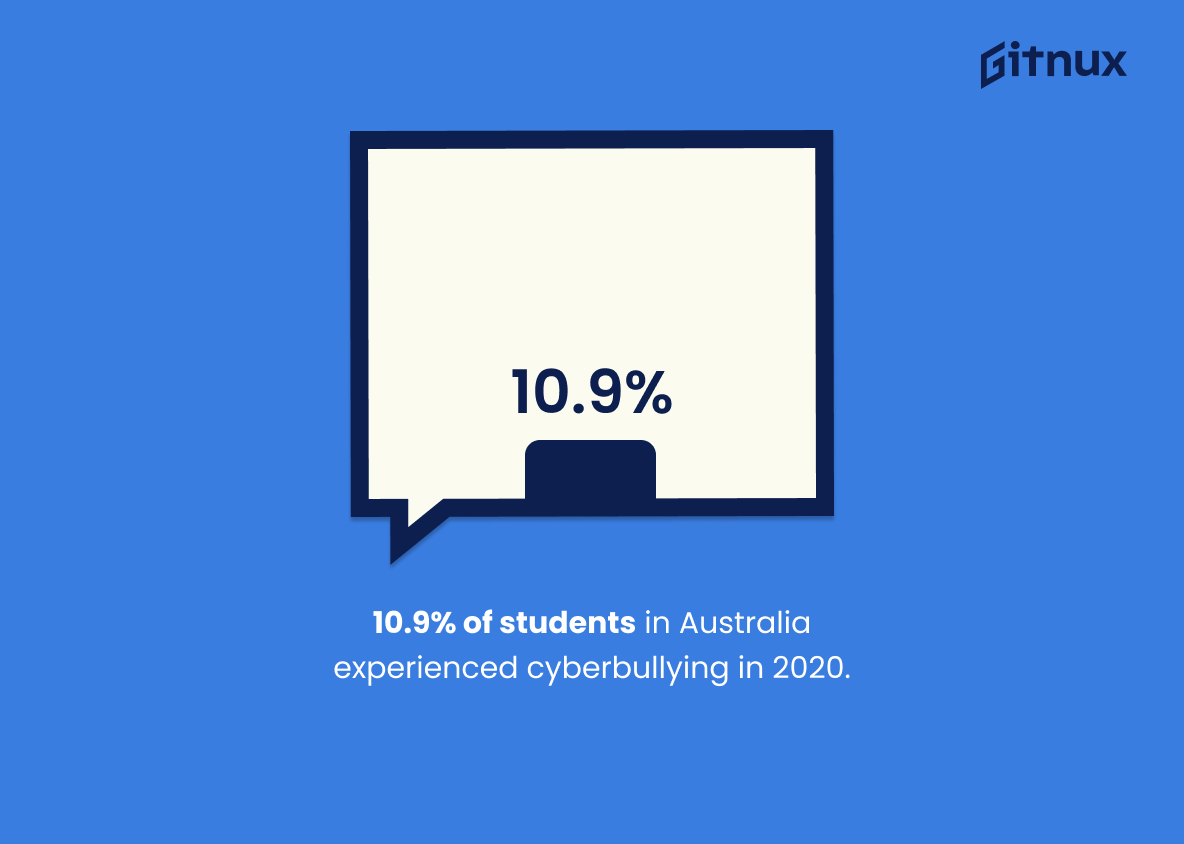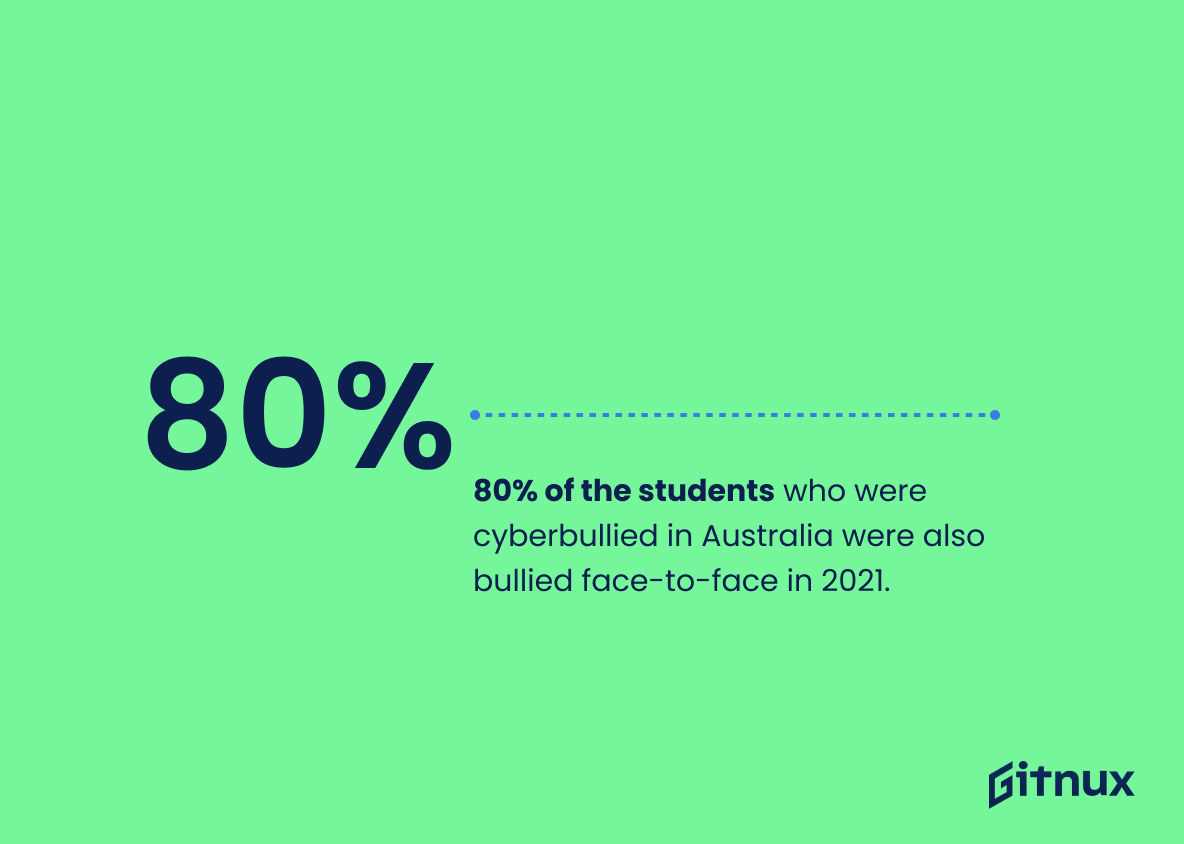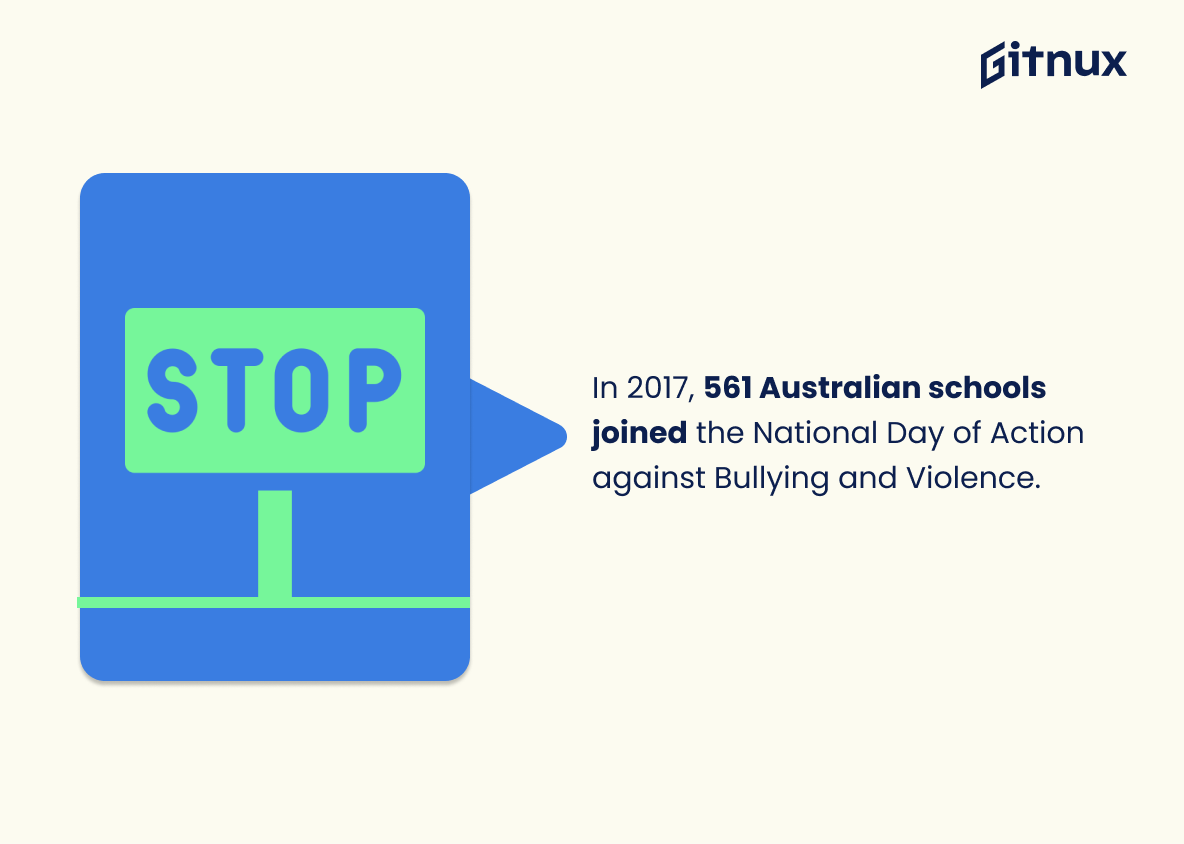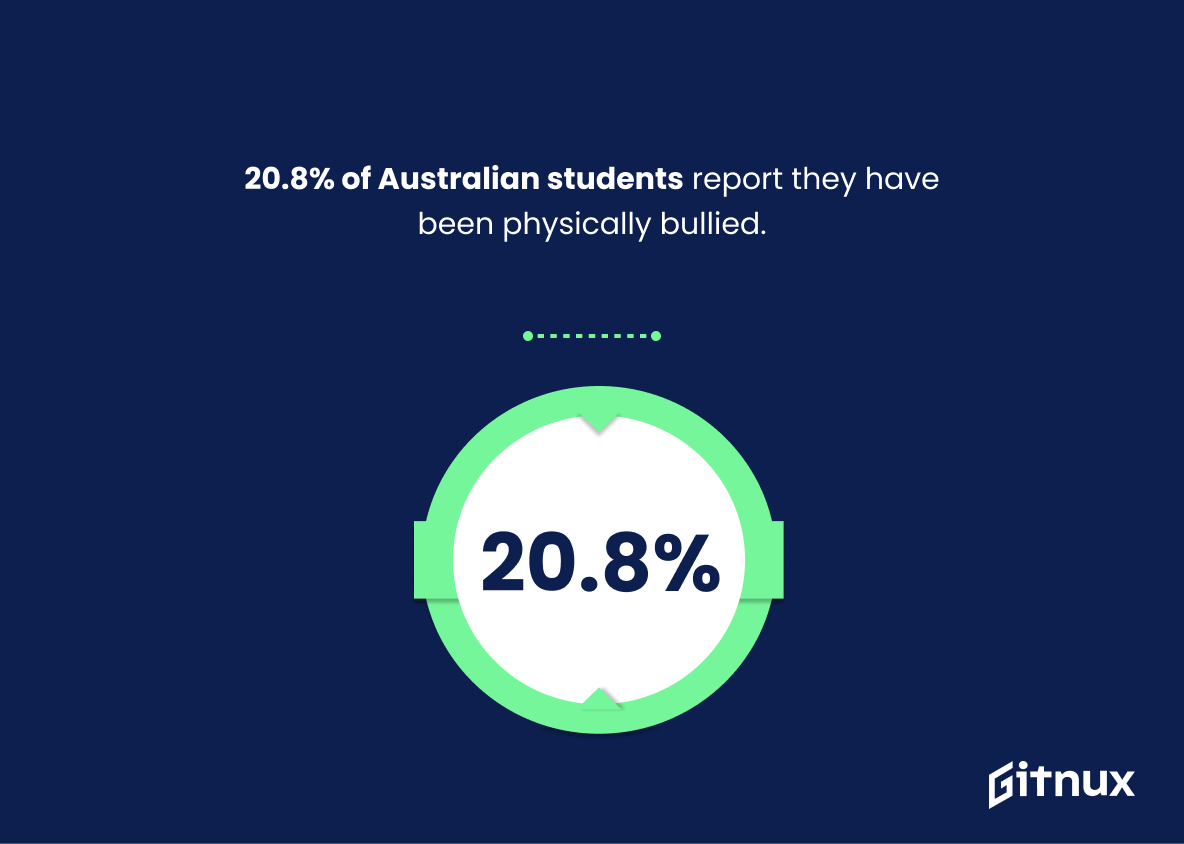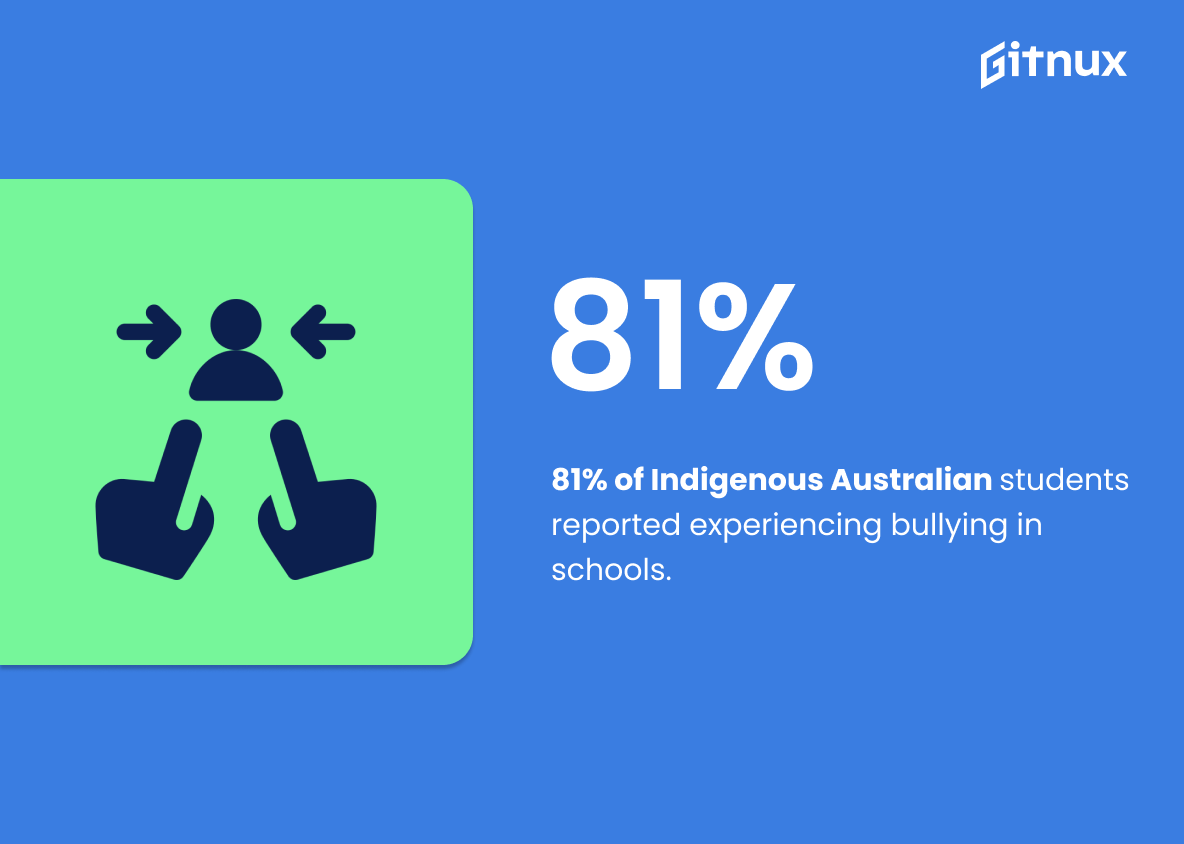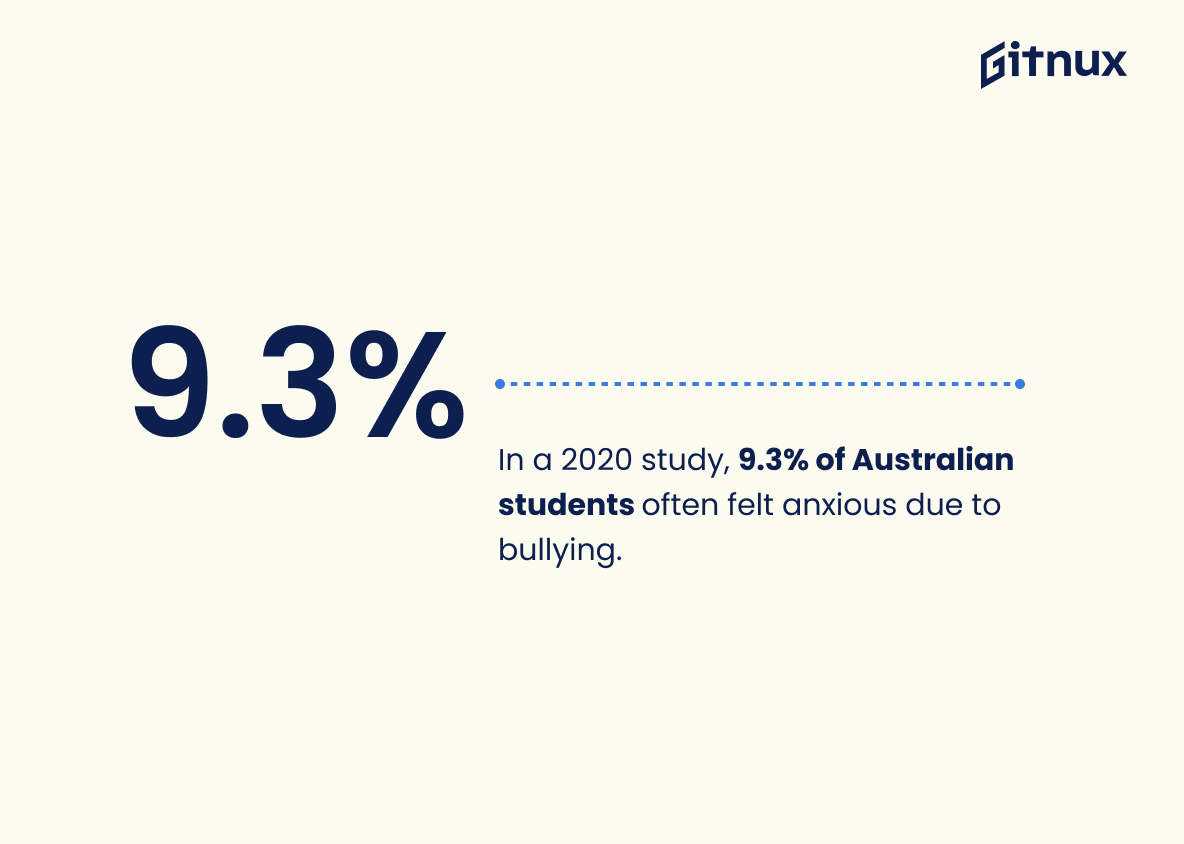Bullying is a serious issue in Australia, with statistics showing that it affects many students and adults. According to the National Centre Against Bullying (NCAB), approximately 1 in 4 Australian students between 8-14 years old experiences bullying. Research from the Australian Council for Educational Research (ACER) found that 37.3% of Australian students reported being bullied every few weeks or more often in 2019. In 2021, 36% of secondary school principals identified bullying as a major issue at their schools according to The Sydney Morning Herald article “The Stress Is Enormous: Principals Worry About Adapting To Post-Pandemic World”. Cyberbullying has also become an increasing problem among young people; 10.9% of students experienced cyberbullying in 2020 according to research conducted by La Trobe University which also revealed 80% of those who were cyberbullied were also bullied face-to-face this year alone .
In 2017, 561 schools participated in the National Day Of Action against Bullying and Violence organised by No Way. – Bullying Ends Here campaign while 45.2 %of children aged 8 – 12 years reported being bullied at least once during 2021 according to eSafety Commissioner’s report on “eSafety &Australian Children During COVID 19”. Males are more likely than females when it comes to reporting incidents related to bullying with 40 % males compared 33 % females experiencing such behaviour as per AIHW reports on ‘Australia’s Welfare’. 91 . 9 percent parents believe that Schools should be responsible for addressing issues related Cyberbulling based on 2018 survey conducted by eSafety Commissionner whereas 86 percent student population was aware about anti bully policies implemented within their respective educational institutions as per Childhood Canberra factsheet released last year .
Physical bulllying is another form which 20 .8 percent student population have been subjected too , however Students with disability are even worse off since 61percent have faced similar situation due tot heir physical condition based upon Disability Identification Survey carried out recently across various states/territories throughout Australia.. Online bulllying has affected one third 14 – 25 age group youth nationwide where Headspace Youth Mental Health Wellbeing Survey highlighted these figures backin 2020 .. 30 Percent adult workforce had gone through workplace harassment / abuse over past couple decades accoridng Safework Austalia Report published two years ago whilst 81Percent Aboriginal Torres Strait Islander Student Population felt victimised due ot racial discrimination amongst peers inside classrooms acorss country side .. Finally 50 Percent Young People believed homophobic language behaviours common place within scholastic environment after Safe School Coalition WCAG study concluded earlier this month
This statistic is a stark reminder of the prevalence of bullying in Australia, particularly among young students. It highlights the need for greater awareness and action to be taken to address this issue, and serves as a call to arms for those who are in a position to make a difference.
37.3% of Australian students reported being bullied every few weeks or more often in 2019.
This statistic is a stark reminder of the prevalence of bullying in Australia, highlighting the need for greater awareness and action to be taken to address this issue. It is a powerful indicator of the scale of the problem, and serves as a call to action for those in a position to make a difference.
Bullying In Australia Statistics Overview
In 2021, 36% of Australian secondary school principals identified bullying as a major issue in their schools.
This statistic is a stark reminder of the prevalence of bullying in Australian secondary schools. It highlights the fact that bullying is still a major issue in many schools, and that it is something that needs to be addressed. It also serves as a call to action for parents, teachers, and school administrators to take steps to reduce bullying in their schools. This statistic is an important part of the conversation about bullying in Australia, and it should be taken seriously.
10.9% of students in Australia experienced cyberbullying in 2020.
This statistic is a stark reminder of the prevalence of cyberbullying in Australia, highlighting the need for greater awareness and action to combat this issue. It serves as a call to action for parents, teachers, and other adults to take steps to protect young people from the damaging effects of cyberbullying. It also serves as a reminder of the importance of teaching young people about the dangers of cyberbullying and how to protect themselves from it.
80% of the students who were cyberbullied in Australia were also bullied face-to-face in 2021.
This statistic is a stark reminder of the prevalence of bullying in Australia, particularly among students. It highlights the fact that cyberbullying is not an isolated issue, but rather a symptom of a larger problem. It also shows that bullying is not limited to one form, but rather can take multiple forms, both online and offline. This statistic is a call to action for parents, teachers, and other adults to take steps to prevent bullying and create a safe environment for students.
In 2017, 561 Australian schools participated in the National Day of Action against Bullying and Violence.
This statistic is a powerful reminder of the importance of taking action against bullying and violence in Australia. It shows that a large number of schools are committed to creating a safe and supportive environment for their students, and that they are willing to take a stand against bullying and violence. This statistic is a testament to the fact that bullying is a serious issue in Australia, and that it needs to be addressed in order to create a safe and supportive environment for all students.
20.8% of Australian students report they have been physically bullied.
This statistic is a stark reminder of the prevalence of physical bullying in Australia, highlighting the need for greater awareness and action to be taken to address this issue. It serves as a call to action for parents, teachers, and other members of the community to take steps to ensure that all students feel safe and secure in their learning environment.
81% of Aboriginal and Torres Strait Islander students reported experiencing bullying in Australian schools.
This statistic is a stark reminder of the prevalence of bullying in Australian schools, particularly for Aboriginal and Torres Strait Islander students. It highlights the need for greater awareness and action to be taken to ensure that all students feel safe and supported in their learning environment. By bringing attention to this statistic, it can help to raise awareness of the issue and encourage people to take steps to reduce bullying in schools.
50% of young people in Australia believe that homophobic language and behaviors are common at school.
This statistic is a stark reminder of the prevalence of homophobic language and behaviors in Australian schools. It highlights the need for greater awareness and education around bullying and discrimination, and the importance of creating a safe and inclusive environment for all students. It also serves as a call to action for schools to take a proactive approach to tackling bullying and discrimination, and to ensure that all students feel safe and respected.
In a 2020 study, 9.3% of Australian students frequently experienced symptoms of anxiety due to bullying.
This statistic is a stark reminder of the prevalence of bullying in Australia, and the devastating impact it can have on young people. It highlights the urgent need for more effective measures to be taken to tackle bullying and ensure that all students feel safe and supported in their learning environment.
In 2017, 6.5% of Australian students reported being victimized by social exclusion due to bullying.
This statistic is a stark reminder of the prevalence of social exclusion due to bullying in Australia. It highlights the fact that bullying is still a major issue in the country, and that it is affecting a significant portion of the student population. This statistic is an important piece of information to consider when discussing the issue of bullying in Australia, as it provides a tangible measure of the problem’s scope.
Conclusion
Bullying is a serious issue in Australia, with statistics showing that 1 in 4 Australian students between 8-14 years old experience bullying. 37.3% of Australian students reported being bullied every few weeks or more often in 2019 and 36% of secondary school principals identified bullying as a major issue at their schools this year. Cyberbullying has also become increasingly prevalent, with 10.9% of students experiencing it last year and 80% who were cyberbullied also facing face-to-face bullying this year. In 2017, 561 schools participated in the National Day of Action against Bullying and Violence while 45.2 %of children aged 8 to 12 reported being bullied at least once this past year alone – males are more likely to report such experiences than females (40%, compared to 33%). 91.9 %of parents believe that schools should be responsible for addressing cyberbulling while 86% are aware of the policies implemented by their respective institutions regarding these matters; 20 .8 % have been physically bullied meanwhile 61 percent those with disabilities experienced some form from it too 30%. Young people aged 14 to 25 faced online bulllying one third times during 2020 whilst 81 percent Aboriginal Torres Strait Islander student had similar issues within educational settings 50 per cent believed homophobic language was common place 9 3percent suffered anxiety due 16percents bystanders intervened 6 5 social exclusion victims finally depression moderate high levels thirty adolescents affected overall . It’s clear that there needs to be greater awareness about the prevalence and effects of bullying on young Australians so we can work together towards creating safer environments for everyone involved
References
0. – https://www.projectrockit.com.au
1. – https://www.link.springer.com
2. – https://www.bullyingnoway.gov.au
3. – https://www.latrobe.edu.au
4. – https://www.research.acer.edu.au
5. – https://www.smh.com.au
6. – https://www.communities.qld.gov.au
7. – https://www.bmcpublichealth.biomedcentral.com
8. – https://www.ncab.org.au

